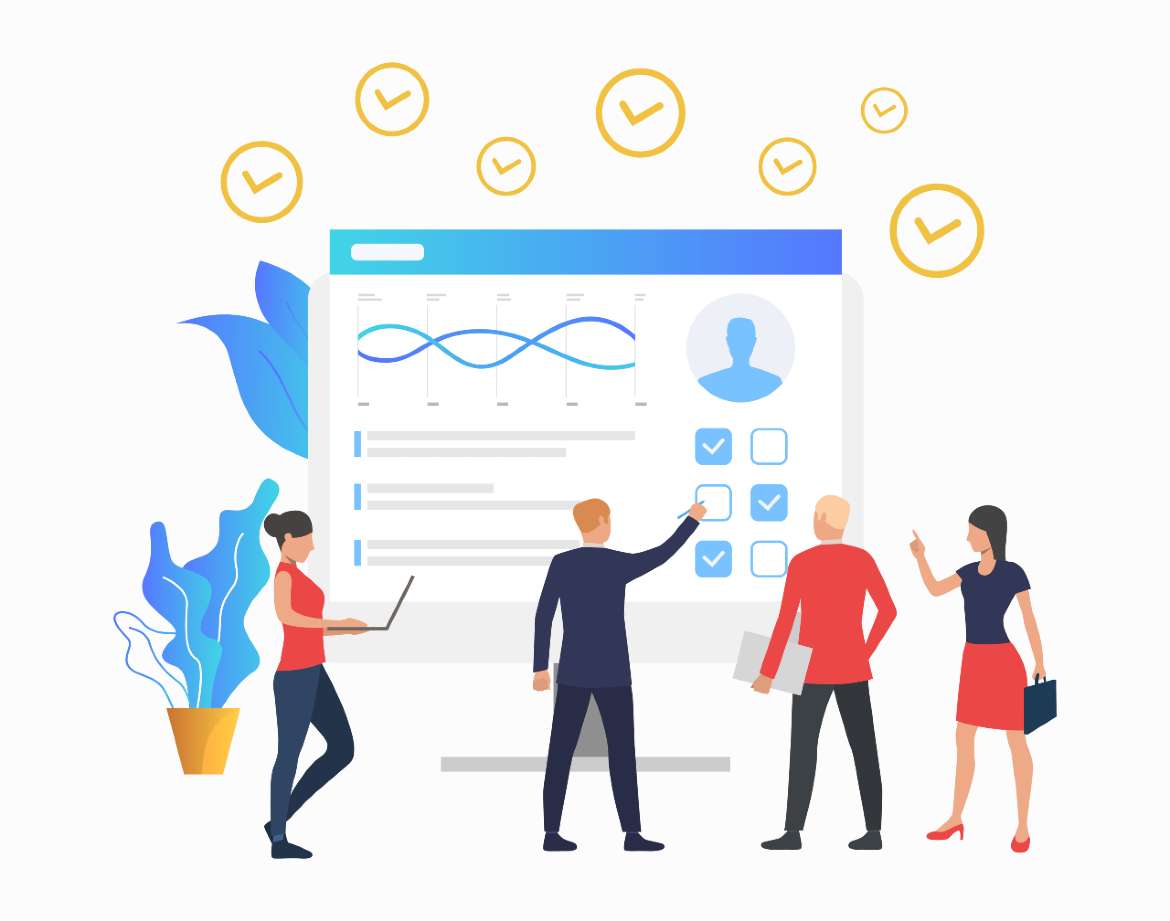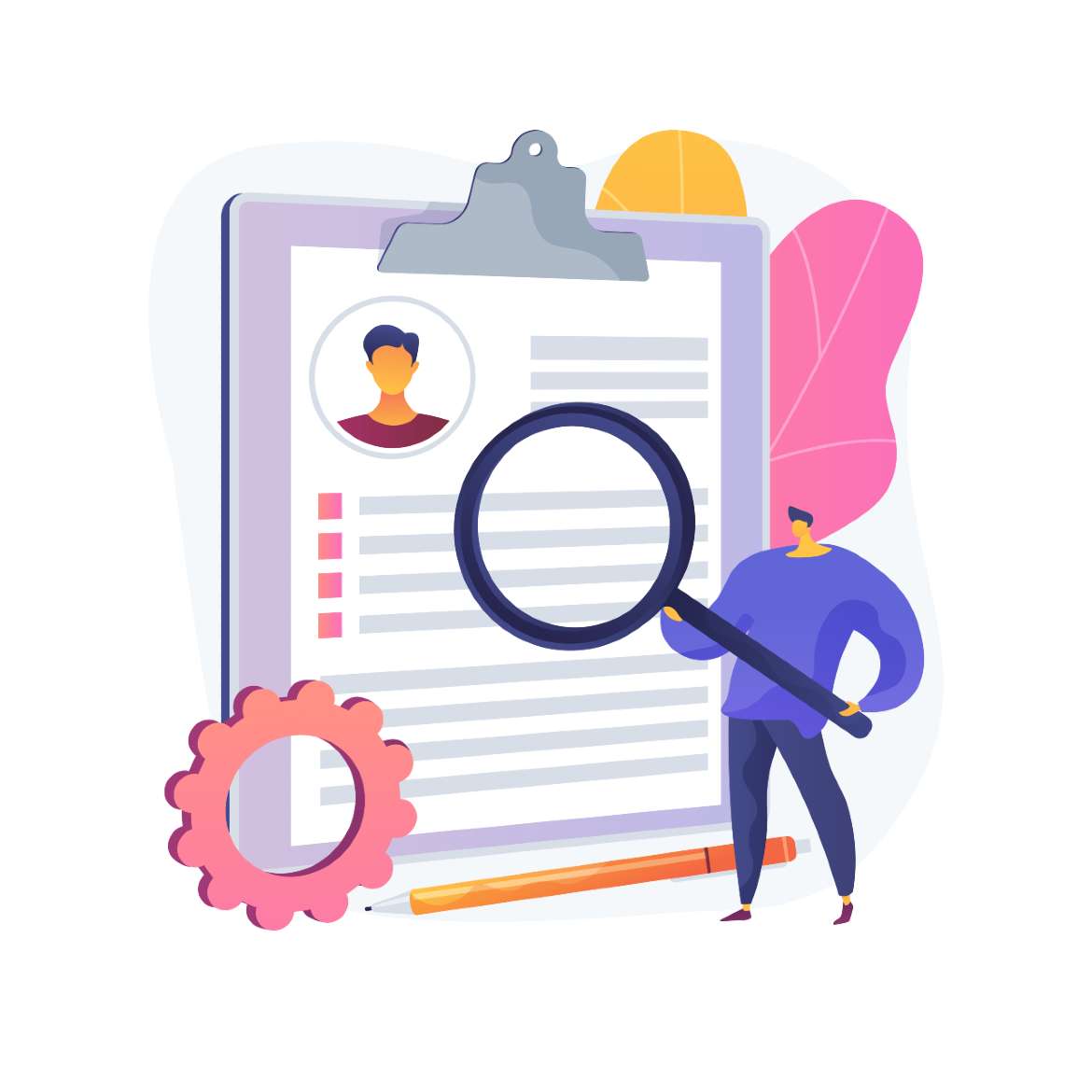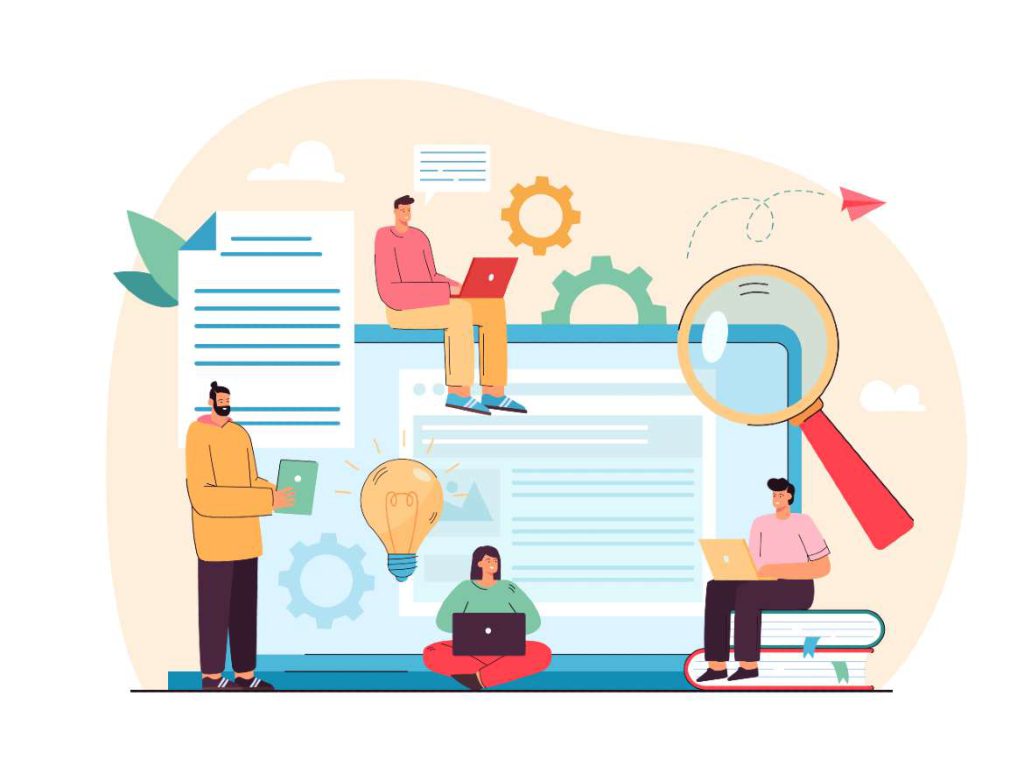How to Write The Perfect Job Description
For any company looking to hire the best possible candidate for a job, writing the job description in the best possible way is vital. The job description, or job specification (these two terms are used interchangeably – there is a subtle difference between the two but that’s for another day), is often the first point in a candidate journey to becoming an employee.
It’s important to think about what experience you can give your candidates. You should be aiming to give them an excellent experience from the very start, whether or not they actually end up getting the job.
It’s a given that more candidates in any recruitment process don’t get the job. There can be only one person who ends up with the offer. Considering this, any employer should be striving to give all of these candidates a good impression of the company. This will make a big difference, as they may be more suited to another role in a year’s time, or they might give positive word of mouth feedback to their friends.
The job spec really sets out the tone for the job and the employer. Get it right, and you will get more, better quality, applications, and therefore end hire. Get it wrong, and you can damage your brand in the talent market, and really struggle to get the right hire. This can be costly.
Today I am going to highlight 5 important areas of the job spec that you need to get right in order to attract top talent.
Job description template: 5 key areas of focus
-
The Job Title

The job title is crucial. This is the first thing people read. Does the title look familiar and speak to a role that would be a step up for the reader. You want to stand out, but if you go too far removed from market norms, you could reduce the number of applicants.
For example:
Job title: Senior Software Engineer
Everyone will know what this means, for those who work in software. However, it’s a bit vague. We know it’s a senior role but we don’t know what coding languages are required, or even if it’s a front-end or back-end role. Perhaps try adding in the details like ‘Senior .Net Developer’ or ‘Senior Back-end Engineer’ could be beneficial.
Also, steer clear of titles like ‘Coding Ninja’ or ‘Software Rockstar’. These are eye catching but they work against many of the algorithms used on platforms like LinkedIn or Indeed. So far fewer eyes will see the job spec.
As well as the technical issues these titles have, they can be seen to portray an overly masculine culture and ultimately discourage female applications. More about how language in job specs impacts diversity later.
You will notice the style of language here is focusing on what your company can do for the candidate. Not the other way around. Most job specs list the things that the candidate has to bring to the table, and don’t tell the candidate what they can expect to get from the employer. This should be a two way courtship.
-
The First Paragraph
Now that you have caught the eye of the reader, you need to give them more detail on what the role is. You do this in the first paragraph. This section needs to describe what the employer is looking for and give a bit of detail about them.
Try to avoid regurgitating content from the website that can be overly corporate. The job spec can be less formal, especially if that aligns to the culture of the business.
The key here is to try to tell a story. Start engaging with the emotional side of the candidate. The job spec should avoid listing technologies and try to build more of a connection with the candidate.
For example: ‘Since our Co-Founders set up XXX we have made it our mission to solve XXX. We want you to be a part of this journey as we grow. Our development team needs to bring in someone who can help make our products even more excellent.
If you are a Senior .Net Developer, who loves learning new things and taking on tough challenges, then we would love to talk to you about what XXX can offer you in your next career move.’
You will notice the style of language here is focusing on what your company can do for the candidate. Not the other way around. Most job specs list the things that the candidate has to bring to the table, and don’t tell the candidate what they can expect to get from the employer. This should be a two way courtship.
-
Language style

Picking up on the end of the last point, the language used in a job description should be as simple as possible, and should be inclusive and positive. What I mean by this is that you want to avoid tonnes of business speak. That is just boring.
Remember, you are asking a person to go through the highly emotional process of leaving their current employment and starting anew in your company. This is a big deal for the candidate. Be sure to acknowledge that in how you approach the interview process, this includes the job spec.
For example: Use phrases like ‘you will get the opportunity to learn from others while working in a team’’ in the responsibilities section, rather than something like ‘work in a team of developers’.
Also, feel free to break away from the bullet points format that most job specs use. You are not trying to write an essay but using short paragraphs to describe the work is okay.
The actual words you use are really important too. Studies have shown that overly masculine words in jobs specs discourage female applicants and will result in a less diverse workforce, which could result in a poorer performance from the team.
You should be writing your jobs specs from the perspective of a growth mindset also. This will encourage applicants who share that mindset. So phrases like ‘loves learning’ or ‘relishes new challenges’ work well. Phrases that encourage more of a fixed mindset candidate would be ‘best of the best’ or ‘top performer’.
-
Salary

Include this every time. Simple.
For candidates, the salary (along with title and location) is one of the most important bits of information they are looking for. The salary is an indicator of the seniority of the role and whether someone would be interested. So give it to them. You don’t want people applying who are just going to pull out of the process based on salary down the line anyway.
Best practice: If you don’t want to give a specific number, give a range. Keep the range to 10k-15k max. Too much more and it dilutes the relevance. Also, add in the benefits as people like to see these, especially if there are some really nice ones in there.
-
Call to action
You have to make it easy for the candidate to apply. Give them quick easy ways to get in touch about the role and set an expectation on what will happen next. This goes back to ensuring you are giving all the candidates an excellent experience.
The LinkedIn quick apply button is really slick for applications. If this is embedded onto your own careers page then this can really improve the volume of applicants.
Many applicants are on a bus or train (at least they used to be pre-lockdowns) and making it easy to apply on mobile is critical. On LinkedIn, 56% of all interactions with jobs by job seekers is on mobile devices. So have a mobile strategy.
So there you have it. My top 5 tips for ensuring your job description is compelling, inclusive and well written in order to attract the most qualified candidates for the job.
If you ever want help with any job descriptions you are working on, just get in touch with me on michael.lantry@gempool.ie.
Steps to follow while writing a gender-diverse job description
While on the topic of job descriptions, we thought it was important to reflect on the topic of writing an inclusive and gender-diverse job description, espcially in the tech industry. Gender diversity is becoming the focus of many companies across the industry and in order to achieve this goal, it is key for tech employers to start at the very beginning, by writing the perfect and inclusive job description.
To help you our we have created the following guide for you to download and follow. If you have any other questions feel free to get in touch.
Image credits:People vector created by pch.vector – www.freepik.com

